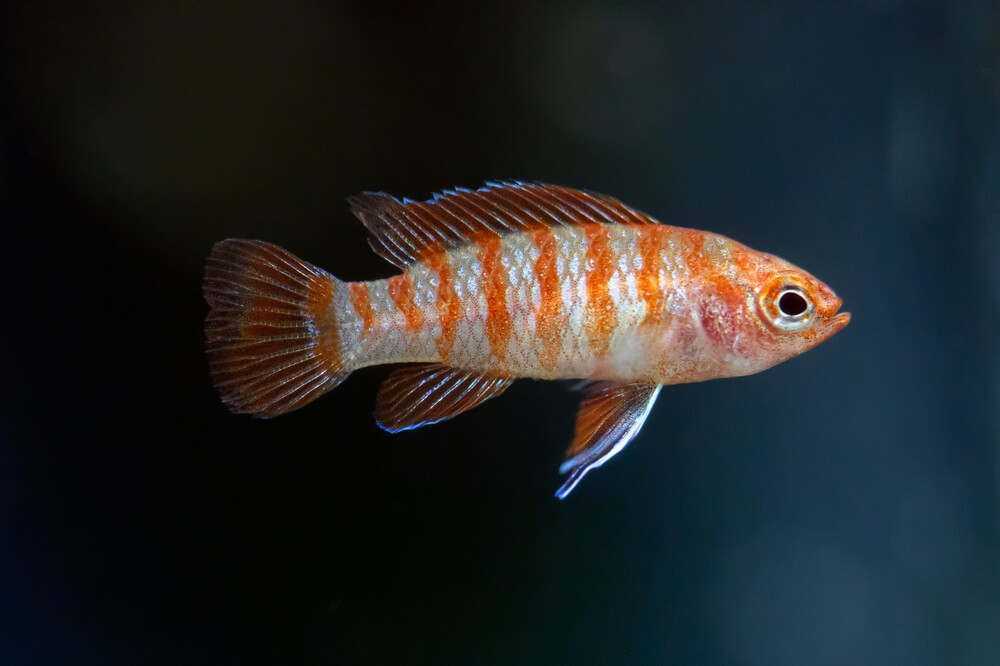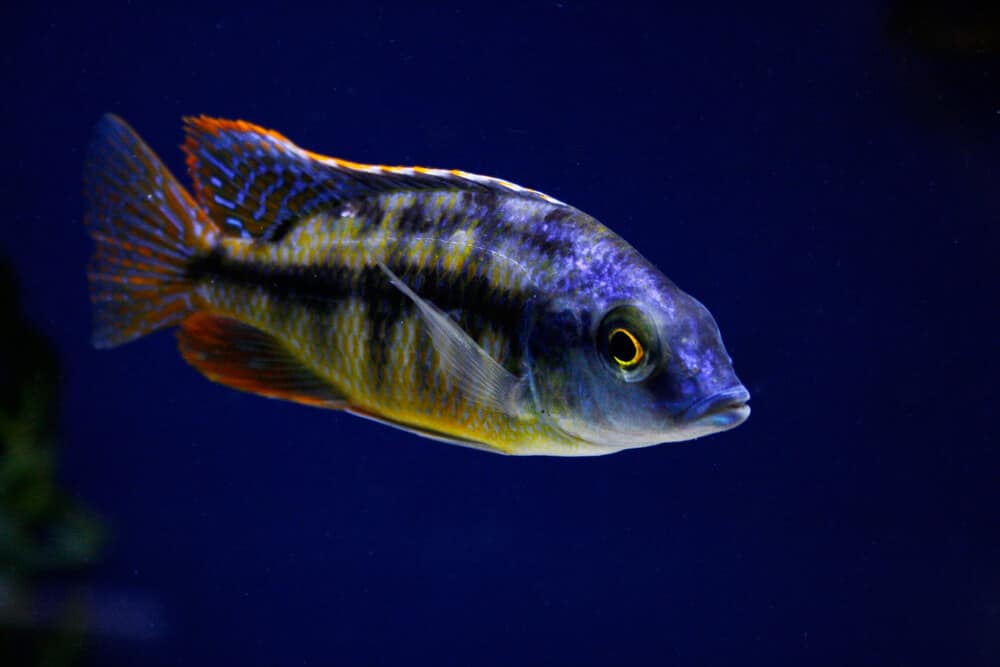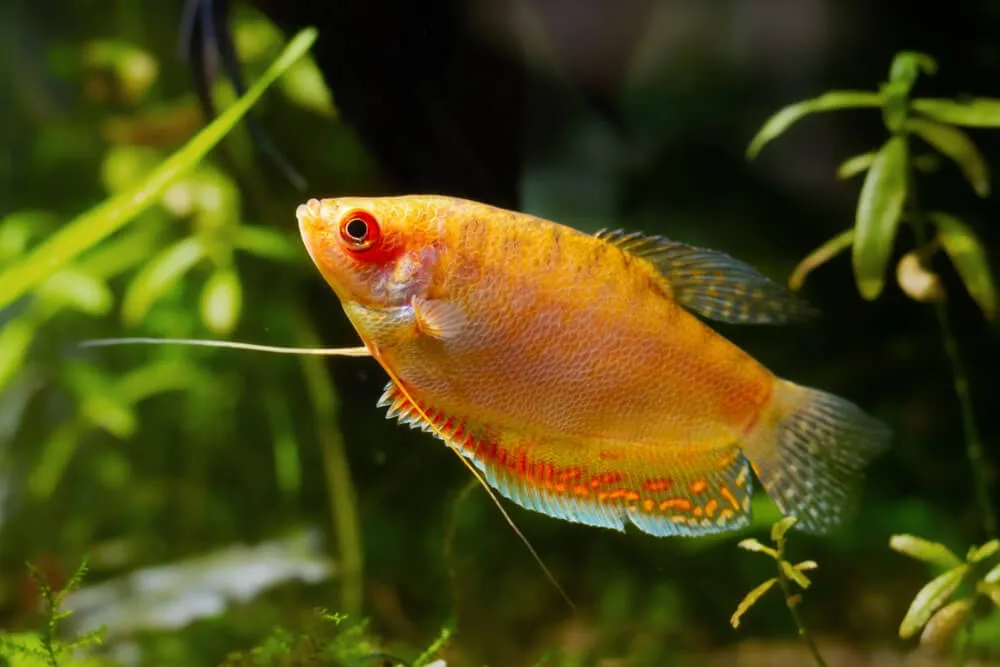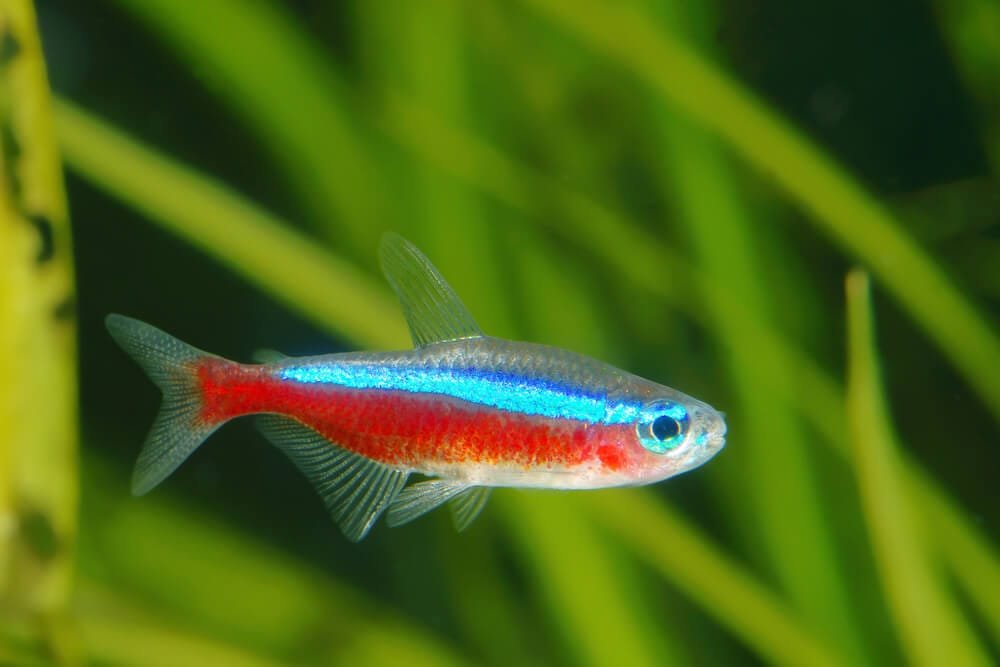Molly Fish Care Guide: Tank Requirements and Ideal Conditions
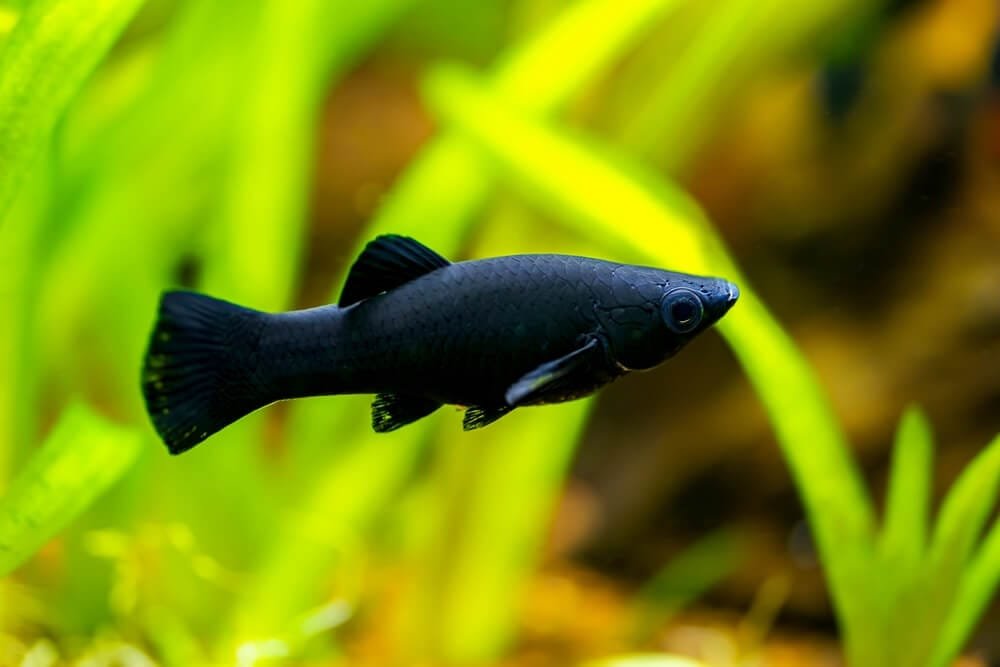
Imagine having a vibrant and colorful aquarium filled with fascinating aquatic creatures. Amidst them all, the Molly Fish stands out with its vibrant hues and unique personality. Whether you’re a seasoned fish keeper or a beginner looking for an exciting addition to your tank, the Molly Fish is an excellent choice. With its playful nature and low-maintenance requirements, this captivating fish will surely captivate your heart and make a delightful addition to your aquatic family.
Overview of Molly Fish
Molly fish, scientifically known as Poecilia sphenops, are small, colorful freshwater fish that have become a popular choice for many aquarium enthusiasts. These beautiful and sociable fish originate from Central and South America, and they come in a variety of stunning colors and patterns. With their peaceful nature and interesting behaviors, it can make a wonderful addition to any aquarium.
History of Molly Fish
Molly Fish Origins
Mollies have a rich history that dates back several centuries. They are native to various regions of Central and South America, including Mexico, Honduras, and Colombia. They were first discovered in the early 19th century and have since become popular not only in their native habitat but also in aquariums worldwide.
Introduction to Domestication
The domestication of Molly fish is a fascinating development in their history. It is believed that the selective breeding of Molly fish began in the 1920s, primarily for their vibrant colors and unique patterns. Over time, breeders have created numerous varieties and color morphs, making Molly fish even more appealing to fish keepers.
Types of Molly Fish
Molly fish come in various types, each with its own distinct characteristics. Some of the most common Molly fish varieties include:
Black Molly Fish
Black Molly fish are known for their striking black coloration, which remains consistent throughout their lifespan. They have long fins and a sleek body shape, making them a visually appealing addition to any aquarium.
Silver Molly Fish
Silver Molly fish, also known as short-finned Molly fish, are characterized by their silver or white body coloration. They often have a speckled or iridescent appearance, which adds an interesting touch to their overall beauty.
Dalmatian Molly Fish
Dalmatian Molly fish are admired for their unique spotted patterns, resembling those of the famous Dalmatian dogs. Their bodies are typically silver or white, adorned with black spots of varying sizes.
Lyretail Molly Fish
Lyretail Molly fish are distinguished by their elegantly elongated and flowing tail fins. They come in various color variations, including black, silver, and orange, and their vibrant colors combined with their graceful finnage make them a standout in any aquarium.
Balloon Molly Fish
Balloon Molly fish, as the name suggests, have a rounded body shape, giving them a distinctive appearance. Their unique physique makes them a popular choice among fish keepers looking to add a touch of novelty to their aquarium.
Sailfin Molly Fish
Sailfin Molly fish are renowned for their impressively large and elongated dorsal fins, which resemble a sail. Their bodies can be found in various colors, such as orange, black, and silver, and their striking dorsal fins add a dramatic flair to their overall appearance.
Characteristics of Molly Fish
Molly fish possess several unique characteristics that contribute to their desirability among aquarium hobbyists.
Size
On average, Molly fish reach a size of around 2.5 to 4 inches (6 to 10 cm) in length, making them a relatively small species of fish. However, certain Molly fish variants, such as the Sailfin Molly, can grow slightly larger, with males typically being larger than females.
Coloration and Patterns
Molly fish exhibit a wide range of colorations and patterns. From vibrant shades of black, silver, gold, and orange to intricate speckles, spots, and even marbled patterns, there are endless possibilities when it comes to the appearance of these fish.
Fins
Molly fish have various fin types, which add to their overall beauty. Their dorsal fins can range from short and rounded to long and flowing, while their caudal fins (tails) can be different shapes, such as rounded, lyretail, or even swordtail-like.
Lifespan
When properly cared for, Molly fish can live for about 3 to 5 years, although some individuals have been known to live longer. Factors such as water quality, diet, and overall health play a significant role in determining a Molly fish’s lifespan.
Molly Fish Care
Proper care is essential to ensure the health and well-being of Molly fish. Here are some important aspects to consider when providing optimal conditions for these charming aquatic pets.
Aquarium Setup
For Molly fish, it is recommended to have a tank with a minimum capacity of 20 gallons. This allows them ample space to swim and explore. Providing a well-planted aquarium with plenty of hiding spots and open swimming areas will help create a stimulating environment for them.
Water Requirement
Molly fish are generally hardy and can tolerate a wide range of water parameters. However, they prefer slightly alkaline water with a pH level between 7.5 and 8.5. Additionally, maintaining a water temperature of around 75 to 82 degrees Fahrenheit (24 to 28 degrees Celsius) is ideal for their overall health.
Feeding
Molly fish are omnivorous and have a varied diet. They can be fed a combination of high-quality flake or pellet food, supplemented with live or frozen foods such as brine shrimp, daphnia, and bloodworms. Providing a well-balanced diet is crucial to meet their nutritional needs and promote optimal growth and vibrant coloration.
Tank Mates
Molly fish are generally peaceful and can coexist with a variety of other peaceful community fish. They are known to be sociable and enjoy the company of their own species. Good tank mates for Molly fish include other livebearers, tetras, gouramis, and peaceful bottom-dwelling fish such as catfish.
Breeding
Molly fish are livebearers, which means they give birth to fully formed fry instead of laying eggs. Breeding Molly fish is relatively easy, but it is important to separate pregnant females from other fish to ensure the survival of the fry. A separate breeding tank with appropriate hiding spots and floating plants will provide a safe environment for the fry to grow.
Common Diseases and Health Issues
While Molly fish are generally hardy, they are still susceptible to certain diseases and health issues. Some of the most common ones include:
Ich (White Spot Disease)
Ich is a parasitic infection caused by Ichthyophthirius multifiliis. It presents as small white spots on the fish’s body and fins. Treatment typically involves raising the water temperature and administering appropriate medication.
Fin Rot
Fin rot is a bacterial infection that causes the deterioration of the fins. It is often a result of poor water quality or physical damage to the fins. Maintaining clean water conditions and providing a balanced diet can help prevent and treat fin rot.
Velvet Disease
Velvet disease, also known as gold dust disease, is caused by the parasitic protozoan Piscinoodinium. Infected fish may display a dull appearance, loss of appetite, and scraping against objects. Medications specifically for parasite treatment are necessary to combat this disease.
Dropsy
Dropsy is a condition characterized by the swelling of the fish’s abdomen, scales that appear raised, and pineconing. It is often caused by bacterial infections or underlying organ issues. Treating dropsy can be challenging, and consulting a veterinarian or experienced aquarist is recommended.
Swim Bladder Disorder
Swim bladder disorder affects the fish’s ability to control its buoyancy, causing it to float or sink abnormally. This condition can be caused by factors such as poor diet, constipation, or birth defects. Adjusting the fish’s diet and providing a balanced feeding regimen can sometimes help alleviate symptoms.
Tips for Keeping Molly Fish Healthy
Maintaining the health of Molly fish requires diligent care and attention. Here are some essential tips to ensure their well-being:
Maintaining Water Quality
Regular water changes, filtration, and testing are crucial to maintaining optimal water quality. Keeping the water parameters stable and within the recommended ranges will help prevent stress and disease in Molly fish.
Proper Diet and Nutrition
Providing a varied and balanced diet is vital for the health and vitality of Molly fish. Including a mix of high-quality flake or pellet food, as well as live or frozen foods, will ensure they receive the necessary nutrients for growth and vibrant coloration.
Regular Observation and Monitoring
Closely observing your Molly fish on a regular basis will help you detect any signs of illness or behavior changes. Early detection of health issues allows for prompt intervention and treatment, increasing the chances of a positive outcome.
Interesting Facts about Molly Fish
Did you know?
- Molly fish are named after British politician and naturalist Sir William J. Molly.
- Molly fish are known for their ability to adapt to various water conditions, making them a great choice for beginner aquarists.
- Female Molly fish have a unique reproductive system called “superfecundation,” where they can store sperm and fertilize multiple batches of eggs over time.
- The vibrant colors and patterns often seen in Molly fish are the result of selective breeding efforts by aquarium enthusiasts.
- Molly fish are highly adaptable and can thrive in both freshwater and low-salinity brackish water environments.
Popular Molly Fish Varieties
Among the various types of Molly fish, some of the most popular varieties include:
Black Molly Fish
Black Molly fish are a favorite among fish keepers, thanks to their elegant black coloration and striking appearance. Their sleek bodies and flowing fins make them a stunning addition to any aquarium.
Silver Molly Fish
Silver Molly fish have a unique and eye-catching appearance with their silver or white bodies and shimmering scales. Their speckled or iridescent patterns add an extra touch of beauty to these lovely fish.
Dalmatian Molly Fish
Dalmatian Molly fish are adored for their captivating spotted patterns, reminiscent of the famous Dalmatian dogs. Their contrasting black spots on a silver or white body make them a visually delightful choice.
Conclusion
Molly fish are undoubtedly fascinating creatures that bring vibrancy and joy to any aquarium. With their wide variety of colors, patterns, and fin types, Molly fish offer endless possibilities for aquarists looking to create a visually stunning underwater display. By providing proper care, attention, and a suitable environment, you can ensure the well-being and happiness of these captivating fish. So, whether you’re a seasoned fishkeeper or a beginner exploring the world of aquariums, consider adding Molly fish to your aquatic family and enjoy their beauty for years to come.
